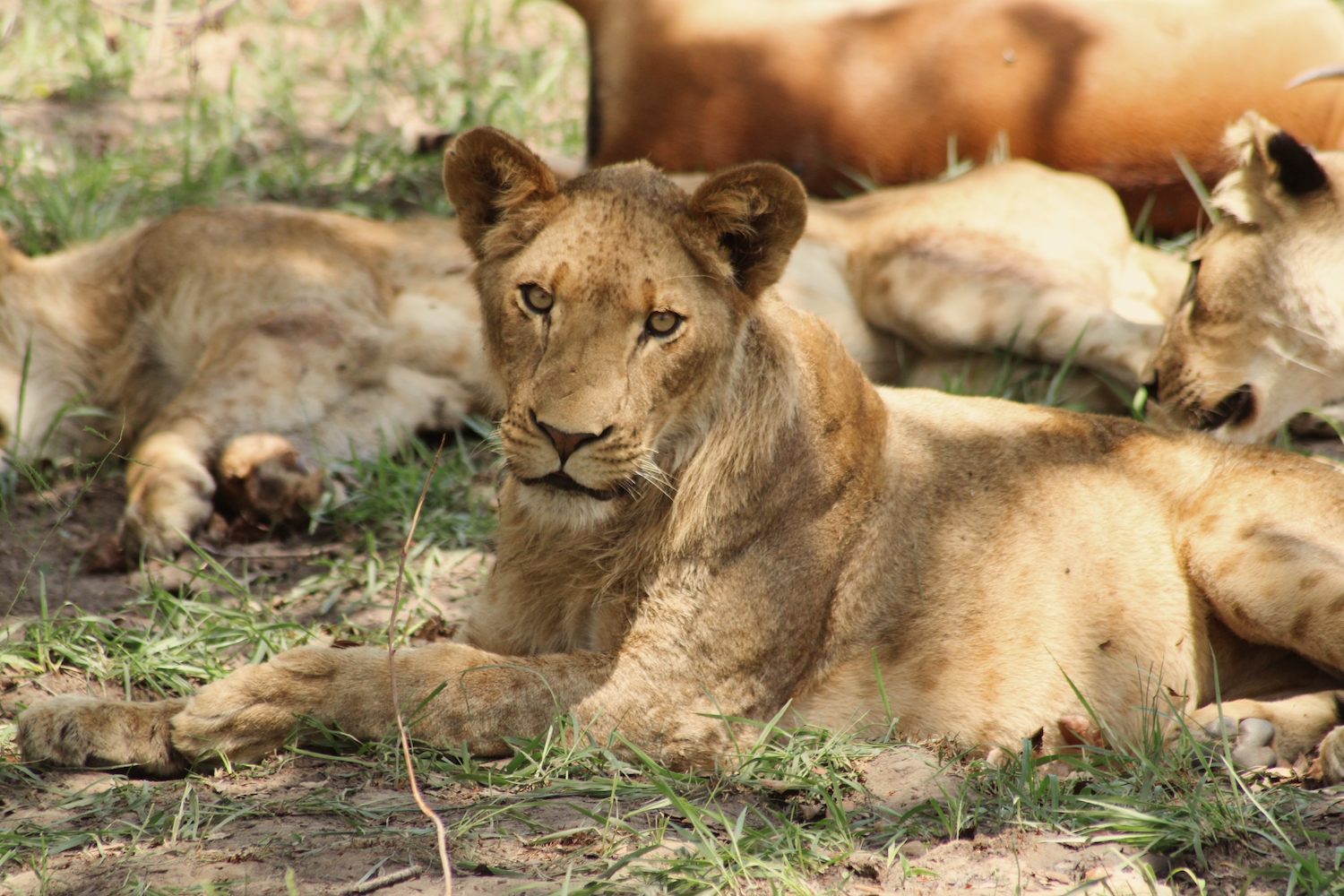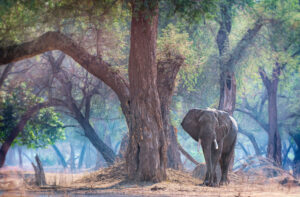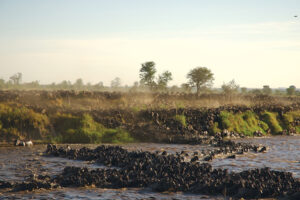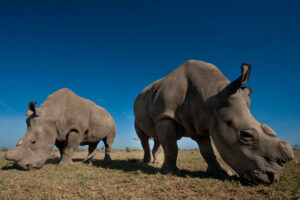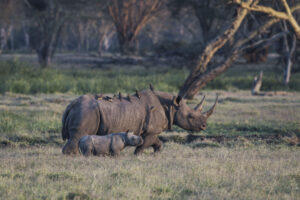
Zambia‘s oldest and largest national park, Kafue, is one of the world’s most important natural heritage sites. However, over the past half-century, it has suffered greatly from poaching, human encroachment, and charcoal production. So, we were delighted when the conservation non-profit organisation African Parks finally took over Kafue’s management in July 2022, after doing some great work there since before Covid.
It wasn’t long before African Parks’ expertise was called into action. That October, two lionesses from Kafue’s Busanga Plains were killed in poachers’ snares, leaving eight cubs orphaned. Aged between six to eight months, the vulnerable cubs faced certain death, so a rescue mission was launched. Assisted by the Zambian Carnivore Programme and Panthera, African Parks successfully captured seven cubs, but the eighth could not be traced.
The young cubs were transferred to an enclosure in Liuwa National Park for care and monitoring while the team built a new, suitable holding facility in Kafue. Thankfully, all seven flourished, and last May the juvenile cubs were sedated and flown home. The complex operation wasn’t helped by the cubs’ antics, as several unhelpfully took to the trees once darted. Busanga Plains’ lions are known for their tree-climbing antics, but who knows if this was ill-timed genetics at play! Regardless, as anyone who’s ever struggled to lift a sleeping child without waking them can imagine, getting the woozy cubs down safely was quite the job.

Back in Kafue, the “magnificent seven” were released into their new, purpose-built boma. The next stage of their rehabilitation involved slowly introducing them to a mature lioness that would hopefully teach them the essential skills required for life in the bush. So, several months later, a lone mature female with no pride of her own was placed into the neighbouring enclosure. In time, the lions began to show interest and sat alongside each other on either side of the electric fence.
“To encourage this bonding process, we also fed them at the same time, albeit still separated by the fence,” explained Kafue National Parks’ Special Projects Manager, Andrea Reid. “Then, when the time felt right, we sedated the cubs slightly (the seven of them could have overpowered the female if things went wrong) and introduced them. There was a bit of slapping each other around, but nothing abnormal; eventually, they all settled down.”
Once the lions looked set to stay together, they were sedated and fitted with tracking collars before being driven to the release site. But there was still one final trick up the transfer team’s sleeve:
“During translocation, the adult female was loaded between two of the subadult females, and her scent rubbed all over the cubs. Ensuring they all smelled the same helped calm them, promoted bonding, and reduced the chance of them harming one another,” explained Andrea.
The lions awoke to find a hearty meal waiting, but since then they’ve been providing for themselves, and regular tracking flights suggest they’re coping well.
“The Kafue cubs are showing encouraging signs of independence. After their release, they explored their territory together, even successfully crossing the Kafue River. While one cub is no longer with the main group, and another’s collar has malfunctioned, the remaining lions have been spotted with the adult female,” Andrea told Expert Africa. “Their hunting together is a very positive development, indicating they’re learning the necessary skills to survive in the wild.”
Meanwhile, African Parks’ new monitoring teams have seen a marked reduction in the number of Kafue lions lost to snares. We wish them every success with their work.
© Abigail Flanagan
If you’ve been inspired and want to find out more, give us a call or enquire now to speak to an expert.
*A version of this article originally appeared in the April 2024 Bush Telegraph newsletter. You can read our recent newsletters and sign-up to receive these in your inbox on our Bush Telegraph newsletter page.
